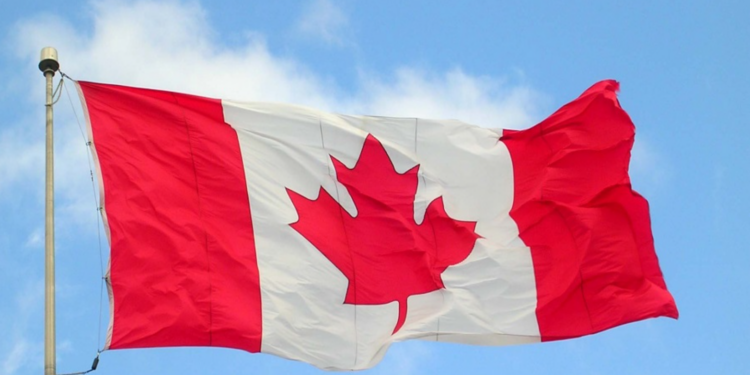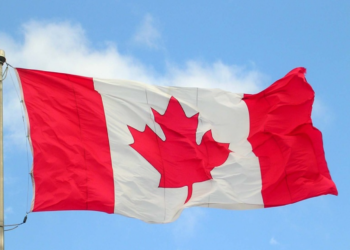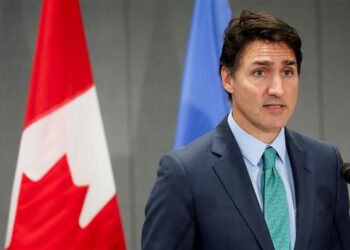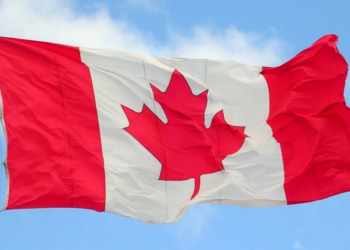Canadian Prime Minister Justin Trudeau has outlined major changes to the country’s immigration policy.
Over the next three years, Canada will reduce both permanent and temporary immigration levels.
This decision aims to address the challenges of rapid population growth, housing pressures, and exploitation within the immigration system.
According to Immigration News Canada(INC), Trudeau explained that Canada has seen explosive population growth driven largely by immigration, particularly through a surge in temporary residents such as international students and foreign workers. While this growth was important for economic recovery, it also created unforeseen challenges.
Trudeau acknowledged that the country’s immigration system has become vulnerable to abuse and exploitation, which needs to be addressed.
Exploitation and strain on resources
INC reports that the prime minister pointed out that certain “bad actors” — including fake educational institutions and exploitative employers — have taken advantage of Canada’s immigration system.
- Some corporations have bypassed Canadian labour laws, hiring foreign workers at lower wages, while some schools have misled international students with high tuition fees and promises of permanent residency.
- Trudeau noted that “Looking back, we could have acted quicker and turned off the taps faster” in response to rising immigration and its associated pressures.
This rapid growth has put additional strain on housing markets, particularly in urban areas, making it harder for both immigrants and Canadian citizens to find affordable housing. Public services, including healthcare and infrastructure, have also been affected by this increased demand.
A dual-path immigration system: permanent VS temporary
Trudeau explained the government’s distinction between two main immigration categories: permanent and temporary immigration.
Permanent immigration, which includes skilled workers and family reunifications, will continue to be a focus. Temporary immigration, which includes international students and temporary foreign workers, was historically governed by short-term economic needs, but it will now also have set targets as part of a longer-term plan.
This shift in policy is aimed at allowing the government to better manage housing and infrastructure needs while addressing actual labor market demands. The new system will help ensure that immigration is aligned with Canada’s capacity to provide services and housing.
Key changes in immigration policy
The government’s new framework includes several key changes:
1. Reducing immigration levels: Both permanent and temporary immigration numbers will be reduced over the next three years. This temporary reduction is designed to give the country “breathing room” to address housing shortages and build necessary infrastructure.
2. Prioritizing skilled workers: The plan will focus on attracting skilled workers, especially in sectors such as healthcare and construction. These workers are in critical demand to address labor shortages and support infrastructure development. Skilled immigrants already in Canada will be encouraged to apply for permanent residency.
3. Limiting temporary immigration: There will be a cap on international students, which has already started to have an impact on stabilizing rental prices in cities like Toronto and Vancouver. Temporary foreign workers will also be admitted more selectively, aligned to specific labor market needs rather than general economic demand.
4. Tackling exploitation: The government will crack down on fraudulent practices. This includes regulating the international student program, addressing exploitative employers, and ensuring immigration consultants follow the rules.
5. Asylum system reform: Trudeau also outlined reforms to the asylum system. Individuals using the asylum process to gain permanent residency through backdoor methods will face stricter scrutiny. Claims will be processed quickly and rejected applicants will be deported promptly to avoid further abuse of the system.
Economic and social impacts
The decision to reduce immigration has generated mixed reactions. Some business leaders worry that limiting immigration could worsen labor shortages. A representative from Canada’s manufacturing sector stated, “We’ve had a chronic shortage of labour for the last decade. We need more people, not fewer.”
However, the government argues that reducing immigration temporarily will give communities time to adjust, build housing, and invest in infrastructure. Trudeau clarified that this policy is not anti-immigration but is meant to recalibrate the system to ensure long-term sustainability.
“We are lucky that so many people dream of coming to Canada,” Trudeau said. “But fulfilling that dream depends on having a good job, a decent place to live, and access to healthcare.”
Population growth and future outlook
The government plans to resume population growth gradually in 2027. Trudeau confirmed that while growth will pause for the next two years, it will return to pre-pandemic levels in the following years.
The new immigration plan is intended to provide a more sustainable path forward for both newcomers and existing Canadians.
Trudeau concluded his message by emphasizing that Canada will remain a welcoming country, but one that prioritizes fairness, sustainability, and the well-being of all its residents.
Frequently asked questions
Why is Canada reducing immigration levels?
Canada is reducing immigration levels temporarily to ease pressures on housing, infrastructure, and public services while addressing exploitation within the immigration system.
What is the difference between permanent and temporary immigration?
Permanent immigration involves individuals seeking to settle long-term in Canada, such as skilled workers or family members. Temporary immigration includes people coming to Canada for limited periods, like international students or foreign workers.
How will international students be affected?
A cap on international students will reduce pressures on housing in urban centers and ensure educational institutions maintain higher standards.
When will population growth resume?
Population growth is expected to gradually resume in 2027, after a two-year pause.




















